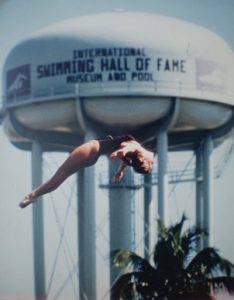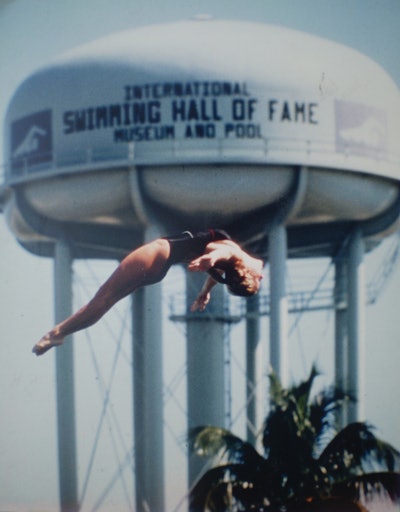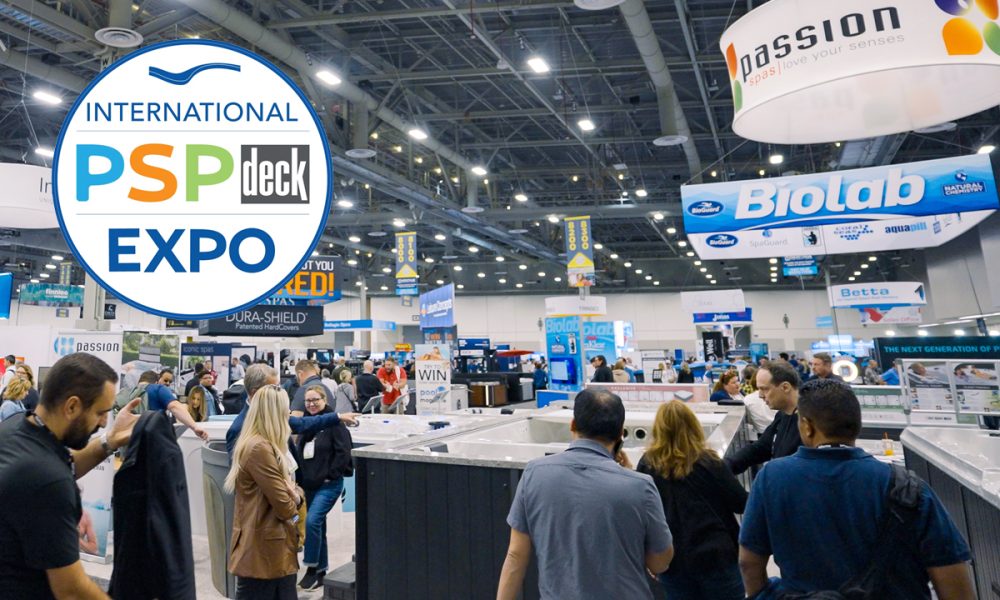Water quality is determined by the water chemistry. Knowing the composition of the water source used to fill a pool or hot-tub is one of the most important aspects of water chemistry. To properly treat a new pool or hot-tub, it is important to test the water at the source.
Water quality problems can be caused by source water. Water is usually classified into three categories: hard, soft, and somewhere in the middle. Water with a low mineral content is called soft water. Low mineral water introduced into a plaster pool or aggregate pool can cause damage to cementitious surfaces and tile grout, as well as metals found in pump, heater, plumbing, and valves. Hard water is water that has dissolved metals and calcium in excess. This can cause scale to form and stain surfaces.
A water that is well managed and has a good water chemistry will provide optimum disinfection. This also provides better protection for the pool equipment and surface. The water will feel more comfortable and pleasant to swim in. Following the correct standards for water quality is essential, since properly sanitized pool water is an important aspect of pool maintenance. Water chemistry includes:
Total alkalinity
- Calcium Hardness
- Total Dissolved solids (TDS).
Alkalinity Total — Thefactor is total alkalinity, which tells you the ability of a solution to resist a pH change. It’s a crucial component in pool, spa and hot tub water chemistry. Total alkalinity can be maintained by maintaining pH, sanitizer effectiveness, water clarity, and swimmer comfort. Alkalinity is primarily found in three forms: bicarbonate, carbonate, and cyanuric acids, if they are used. The majority of the alkalinity in swimming pools is bicarbonate.
The APSP-11 Standard recommends a range of total alkalinity between 60 ppm and 180 ppm. The pH can bounce if total alkalinity falls too low. Low alkalinity may also cause etching on the plaster, discoloration of surface walls and metal heat exchangers. A high total alkalinity may cause “pH Lock,” which is a term used to describe water that’s more difficult to lower the pH with chemicals. High total alkalinity may also lead to cloudy water and rough surfaces in the hot tub or pool due to scale, clogged heaters and filters, and poor circulation.
By maintaining the total alkalinity within the range of 60 ppm to 180 ppm, you can avoid the use of excessive chemicals for water chemistry. It also acts as a pH buffer, allowing the use of common disinfectants, such as bromine and chlorine, without the need to frequently compensate for their pH. Carbon dioxide (CO2) from pool water is continuously released into the atmosphere because the water is exposed to air. Over time, this will lower the carbonate/bicarbonate component of alkalinity. To ensure that there is enough buffer, it’s important to check the total alkalinity level regularly. Alkalinity is usually the first parameter to be addressed in newly filled pools.
pH — The pH of water is measured by the concentration of hydrogen-ion ions. Since hydrogen ions are produced by acids, increasing the concentration of these ions will lower the pH. The pH level should be between 7.2 and 7.8, with minimal pH fluctuations over time. Features (such as spillways, waterfalls, fountains, high-negative edges, etc.) can be used to create a pH balance. Aeration or turbulence in the water can cause an increase of pH. This is due to the CO2 gasses that are released. The pH will often rise if you lower the alkalinity within the range recommended (see page 84 for total alkalinity). In the pool industry, hydrochloric acid (also known as muriatic) is used to regulate the pH. Sodium bisulfate is another acid that’s commonly used. Sodium bisulfate, a mineral acid, is a stable dry substance that will dissolve quickly in water.
In order to maintain the effectiveness of chlorine, you must keep your pH in range. An increase in pH will result to a reduction in chlorine’s ability to disinfect. Hypochlorous acids are more effective than hypochlorite and at lower pH levels, there’s more of it. If a pool has a temperature at 86 degrees Fahrenheit and pH of 7.5, it will contain 49.84% HOCl. The same conditions are met with a pH of 8, but the chlorine percentage drops to 23.91%.
Hardness — Calcium is found in many sources of water. Calcium hardness (measured in ppm) should fall between 200 and 400 ppm. A minimum of 150 ppm is recommended, while a maximum of 1000 ppm is ideal. To raise the calcium level, calcium chloride is added. A low calcium hardness can cause corrosive pool water, etching on the surface of the pool and heater failure. High calcium hardness can cause scale on equipment and surfaces, cloudy or clogged water, reduced circulation, and irritation to the eyes and skin of swimmers.
Total Dissolved solids (TDS). Total Dissolved Slurries (TDS), should be tested and monitored regularly at least once every three months. When testing for TDS compare the current level with the initial startup level (including salt if added). The pool should be drained and diluted if the TDS is more than 1500 ppm above the initial startup level. The goal is to get the water level of the pool as close as possible to its original state. TDS levels that are high often indicate contaminants, such as chloramines and organic compounds, which chlorine cannot effectively remove. TDS levels that are too high can cause chemicals to become less effective, resulting in cloudy or hazy water. High TDS can cause metal parts to corrode due to the high conductivity of the water. To manage TDS levels and chemical usage, the best and most efficient way is to implement a planned water replacement program. Weekly, or even every day, smaller amounts of water will be drained and replaced with new water. This allows the pool, spa, or hot tub to be maintained more easily by using less chemicals.
Indexes of Water Balance –The industry uses several water balance indices as tools to determine whether the water in hot tubs, spas and pools is scale-forming or aggressive. These indexes are not meant to be used for assessing the proper level of sanitizing, or swimmer safety. These indexes are not able to predict corrosion in steel or other metals because they do not take into account other factors that can affect corrosion. The saturation chemistry is constantly changing, and the water chemistry parameters do not have a steady state. These indexes are only to be used as a tool for predicting general trends in water. Please refer to the PHTA’s Water Balance Indexes fact sheet for more information.
CONCLUSION
Water quality for pools, hot tubs and spas will be improved by a proactive water chemistry program that maintains pH, alkalinity and calcium hardness at ideal levels. It will also protect the pool equipment and surfaces, as well as make swimming more enjoyable for users.
REFERENCES
1. ANSI/APSP/ICC-11 2019, American National Standard for water quality in public pools and spas, Pool & Hot Tub Alliance
2. CPO Pool and Spa Operator Manual, Pool & Hot Tub Alliance 2022
3. Pool & Hot Tub Alliance Service Tech Manual Version 5.1, 2019.
4. White’s Handbook of Chlorination and Alternative Disinfectants 5th Edition John Wiley & Sons
5. PHTA Source Water Fact Sheet, Pool & Hot Tub Alliance
6. Pool & Hot Tub Alliance Fact Sheet on PHTA Water Balance Indexes
7. Pool & Hot Tub Alliance Fact Sheet on Alkalinity
The article was first published in AQUA Magazine, the leading resource for pool and spa retailers, builders and service professionals. All industry professionals can subscribe to the print edition of AQUA Magazine for free. Subscribe by clicking here.






